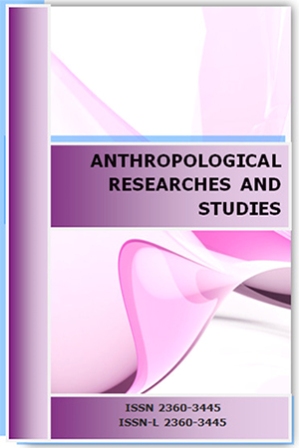SOCIAL AND RELATIONAL ASPECTS ASSOCIATED TO THE MASSIVE USE OF SOCIAL NETWORKING SITES IN ADOLESCENCE
SOCIAL AND RELATIONAL ASPECTS ASSOCIATED TO THE MASSIVE USE OF SOCIAL NETWORKING SITES IN ADOLESCENCE
Author(s): Simona De Stasio, Benedetta Ragni, Eliana Bucchi, Giulia Altea, Chiara BacileSubject(s): Media studies, Developmental Psychology, Clinical psychology
Published by: Institutul de Antropologie ,,Francisc I. Rainer” al Academiei Române
Keywords: social networks; school burnout; friendship quality; adolescence;
Summary/Abstract: Objectives. The main purposes of this study were to explore: a) the relationships between massive use of Social Networks sites (SNs) in adolescence, school burnout levels and friendship quality; b) gender differences in massive and problematic use of SNs. Material and methods. A number of 140 Italian high school students (M=72.9%) aged 16-18 years participated in the study. Students were asked to complete self-report questionnaires: an ad-hoc scale for investigating SNs use, The Generalized Pathological Internet Use Scale-2 (GPIUS-2; Caplan, 2010), The Parent and Peer attachment inventory for Friendship Quality (Armsden and Greenberg, 1987), The School Burnout Inventory (SBI; Samlela-Aro et al., 2009). Results. Results showed positive relationships between massive SNs use and friendship quality (r = .30, p < .01); compulsive SNs (GPIUS-2) use and school burnout total score (r = .25, p < .01); massive SNs use and female gender (r = .17, p < .05), and finally a positive relationship between SNs use for mood regulation and school burnout total score (r = .20, p < .05). Moreover, significant difference emerged between females and males in SNs massive use, with higher levels reported by females (M=23.55, DS=3.614) in comparison to males (M=21.89, DS=4.261); t(138)= -2.13, p < .05. Conclusions. Overall, this study highlighted different dimensions that could influence SNs massive and problematic use in adolescence, specifically school burnout and friendship quality. Structuring interventions in order to promote socio-relational skills among peers and to prevent school-related burnout could prevent problematic use of SNs in adolescence.
Journal: Anthropological Researches and Studies
- Issue Year: 2020
- Issue No: 10
- Page Range: 4-8
- Page Count: 5
- Language: English

